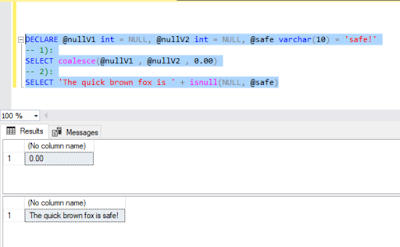When something is already very clearly explained in a concise manner, there is no need for me to take a stab at explaining it. While researching the concept of windowing (running counts, SUM ... OVER ... AS), I identified the following quote which sums up this useful SQL feature very neatly:
Running count request on some of your data? No problem- just use something like this, repurposed for your own requirements:
SELECT xact_amt,
SUM(xact_amt) OVER (ORDER BY xact_datetime) AS running_total
FROM SOME_DB.dbo.SOME_TABLE
References:
https://community.modeanalytics.com/sql/tutorial/sql-window-functions/
https://www.postgresql.org/docs/9.1/static/tutorial-window.html
" A window function performs a calculation across a set of table rows that are somehow related to the current row. This is comparable to the type of calculation that can be done with an aggregate function. But unlike regular aggregate functions, use of a window function does not cause rows to become grouped into a single output row — the rows retain their separate identities. Behind the scenes, the window function is able to access more than just the current row of the query result. "
Running count request on some of your data? No problem- just use something like this, repurposed for your own requirements:
SELECT xact_amt,
SUM(xact_amt) OVER (ORDER BY xact_datetime) AS running_total
FROM SOME_DB.dbo.SOME_TABLE
References:
https://community.modeanalytics.com/sql/tutorial/sql-window-functions/
https://www.postgresql.org/docs/9.1/static/tutorial-window.html

























